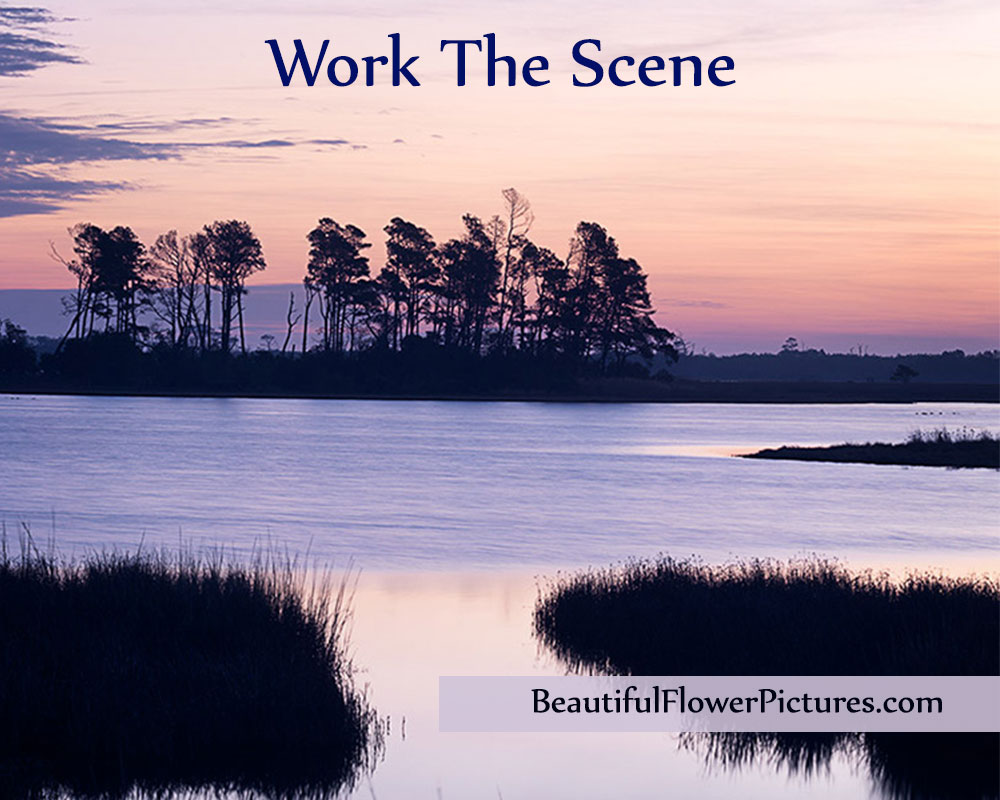
by hankinslawrenceimages | Jan 15, 2016 | Photo Tips, Virginia
Have you ever stopped to photograph a great scene, and then when you get home realize that you would have had the perfect shot, if only you had gone wider, gotten in closer, been 3 feet to the left, etc? One of Bill’s and my major recommendations to our students is that when you see that scene that catches your eye, and you decide you must photograph it, is that you work the scene.
What does this mean? When we approach a scene, often a shot will come to mind, and we set up and take that particular photograph. But once that is out of your system, stop and take a look at the scene with an eye towards what other shots you can compose. How do you do this? The first thing is to take a moment and look, with an eye towards what different compositions you can see. You can try several things that will help you think of different photos:
- Try different focal lengths. If you’re looking through a telephoto lens, you will get very different compositions then when you are using a wide angle lens. We often start with a wide angle lens, then use a telephoto to pick out some of the more interesting details in the scene.
- Try portrait and landscape compositions. The change from horizontal to vertical orientation of your camera will force you to include and exclude different parts of the scene, and will help you to think about the scene in different ways.
- Move around and try again. Typically, when we are happy with a shoot in one spot, we’ll pick up the tripod (you are using a tripod, aren’t you?) and walk around to look at the scene from different angles. This keeps you from being stuck in one set of “tripod holes” never moving from one place. Walk ten feet/ a hundred feet/ a hundred yards (depending on your circumstances – you’d be amazed what a difference 10 feet can make in getting components of your scene to line up) and see if you like what you see. Set your tripod again and start seeing what shots look better from the new angle.
Please note that we regard working the scene as different from “machine gunning”, or indiscriminately keeping your camera shooting without giving thought to what you are shooting. You still need to think about your composition, but any scene has more than one good composition in it (we’ve learned this extremely well – put the two of us in the same place with the same gear, and you will get very different compositions).
Here are some of Bill’s photos from a sunrise in the marsh at Chincoteague National Wildlife Refuge.
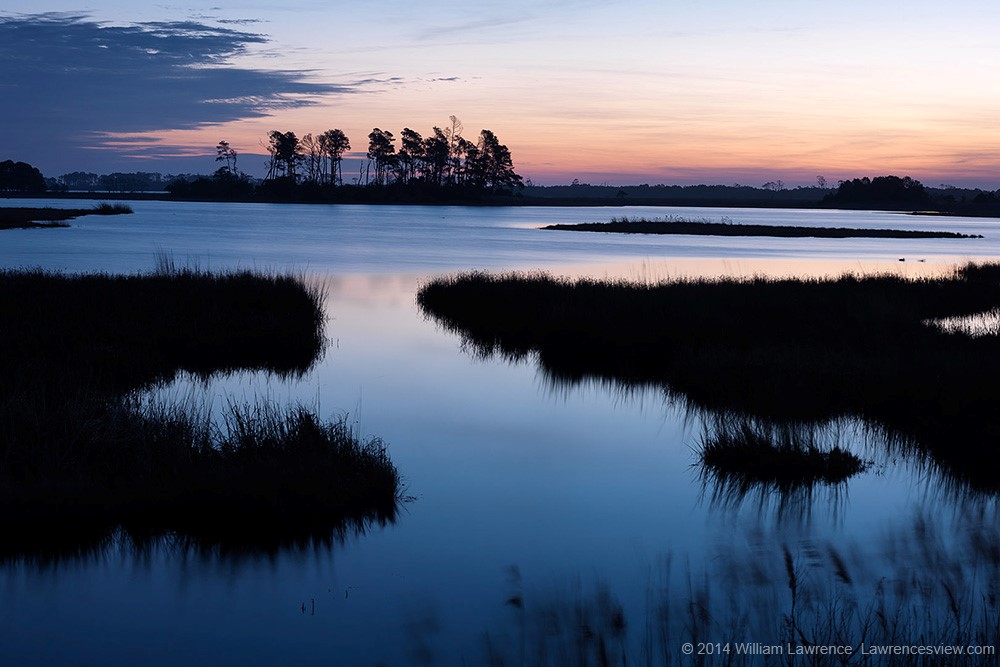
Sunrise at Chincoteague National Wildlife Refuge © 2014 William Lawrence
What attracted Bill’s attention to the original scene was the lovely light silhouetting the trees in the background, with the light reflected by the water in the foreground. In walking the scene before placing his tripod on the ground, he decided that the ideal place was where the channel of water in the foreground made a leading line into the scene (and you’ll see that he kept that concept throughout). Throughout the shoot, he moved both camera right and camera left to try different compositions (not much here – probably 10-15 feet, so that he didn’t lose the channel in the foreground). Bill shot several portrait compositions with a longer lens, and even tried to consider what might look good in black and white (so looking for form and tone as opposed to color).
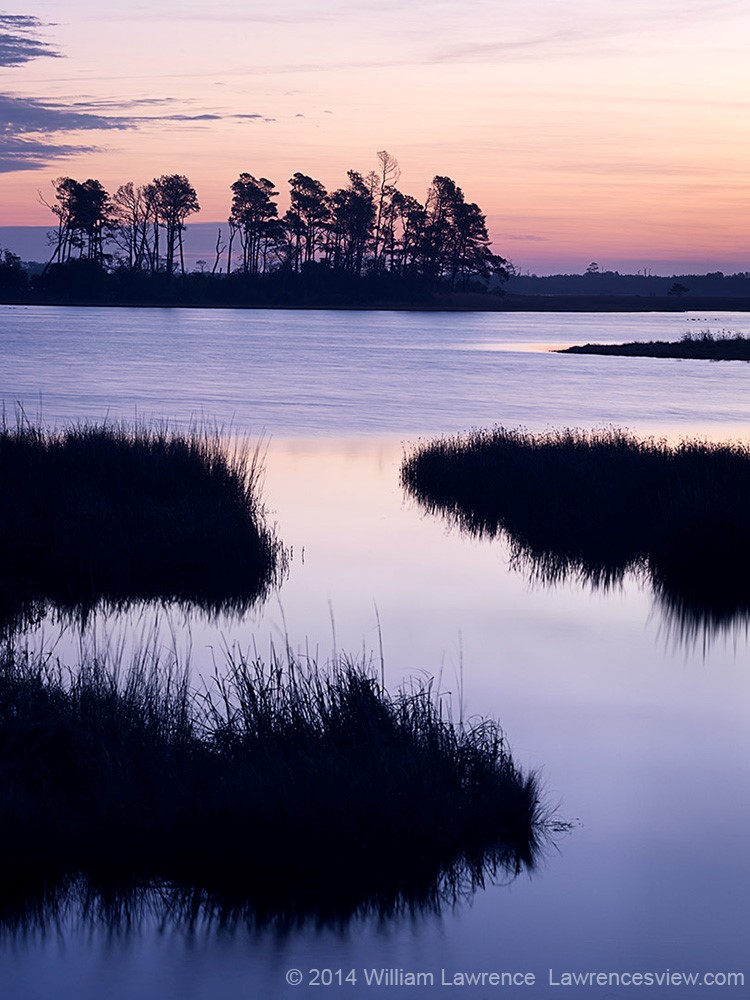
Sunrise at Chincoteague National Wildlife Refuge © 2014 William Lawrence
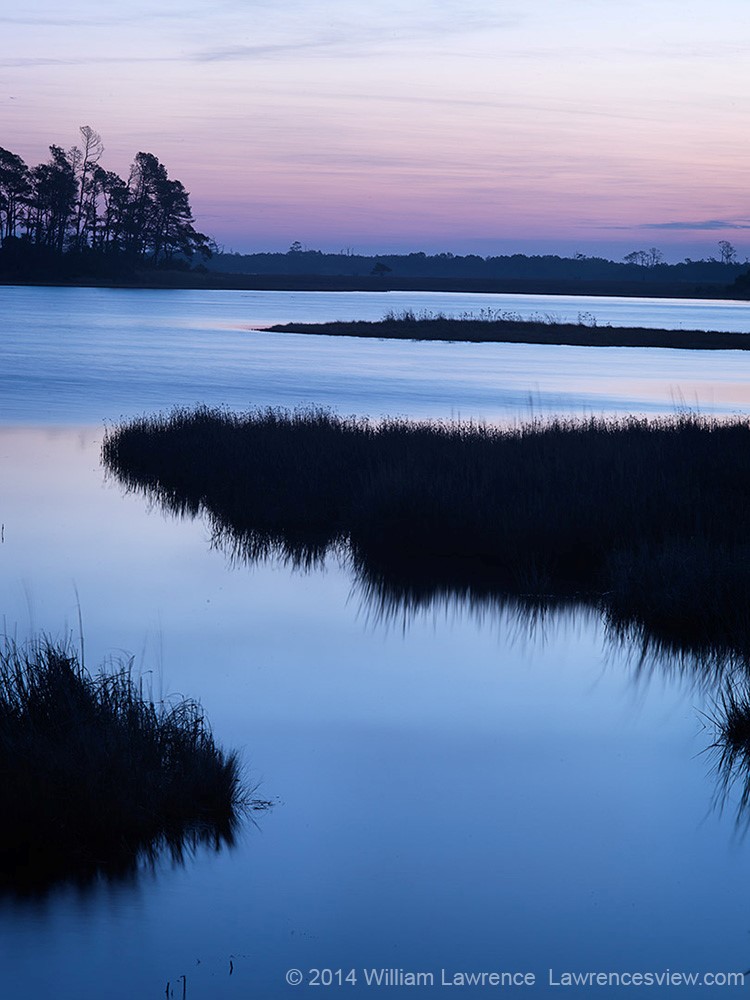
Sunrise at Chincoteague National Wildlife Refuge © 2014 William Lawrence
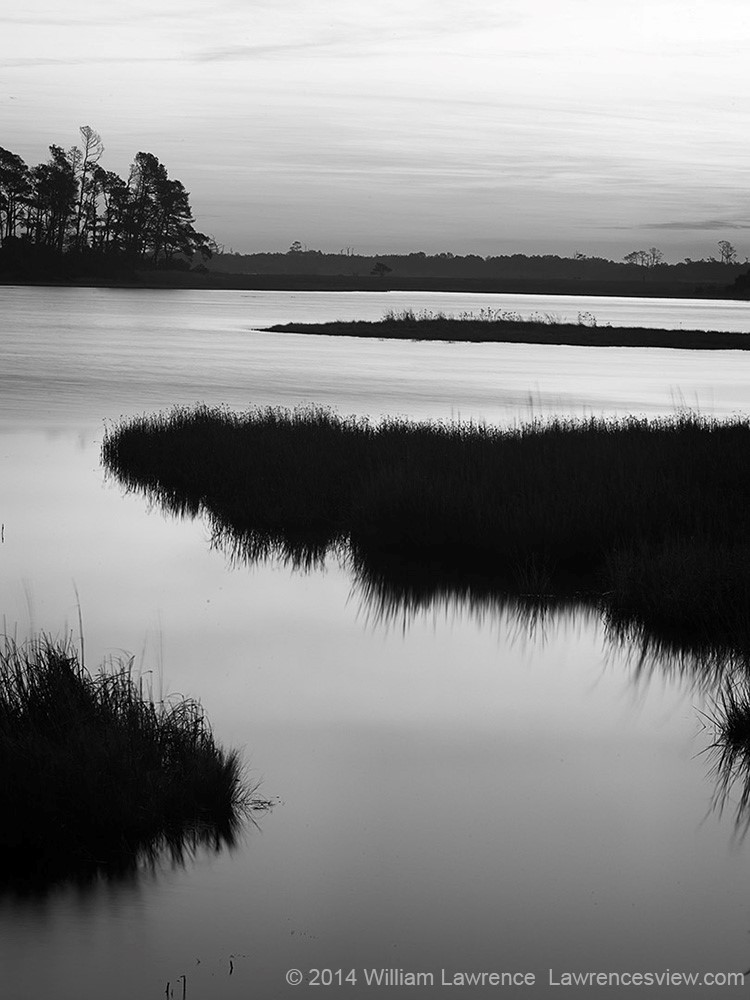
Sunrise at Chincoteague National Wildlife Refuge © 2014 William Lawrence
Finally, at a point when the light was interesting across the horizon, he put on a moderately wide lens and shot a diptych to give a panoramic view across the marsh.
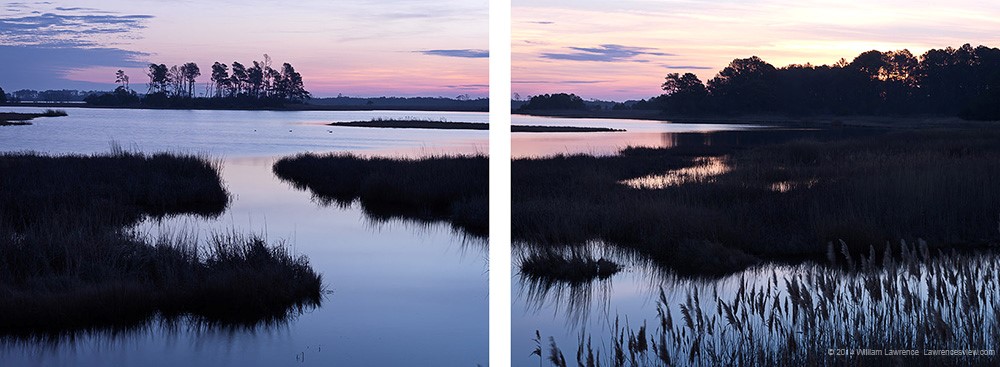
Sunrise at Chincoteague National Wildlife Refuge © 2014 William Lawrence
So, the next time you’re out photographing a wonderful scene, and you’ve got what you think is the perfect shot in camera, step back for a moment and ask yourself “what other ways could I be photographing this scene?” Try a different lens (or zoom in/out if you have a zoom lens)? Change the camera orientation? Go photograph it from over there? Particularly if you are traveling to photograph, you don’t want to wind up looking at your photos after the fact and saying “why didn’t I try (zooming in/zooming out/ moving left/etc)?” So make sure you work the scene while you are there.
If you found the idea of working the scene helpful, it’s one of the concepts Bill and I talk about our landscape photography workshops. Our next workshops are Winter’s Beauty at Chincoteague and Assaeteague on February 5-7, and Springtime in the South: Savannah, Charleston and the South Carolina Low Country on March 20-26. We’d love to have you join us for one of our workshops.
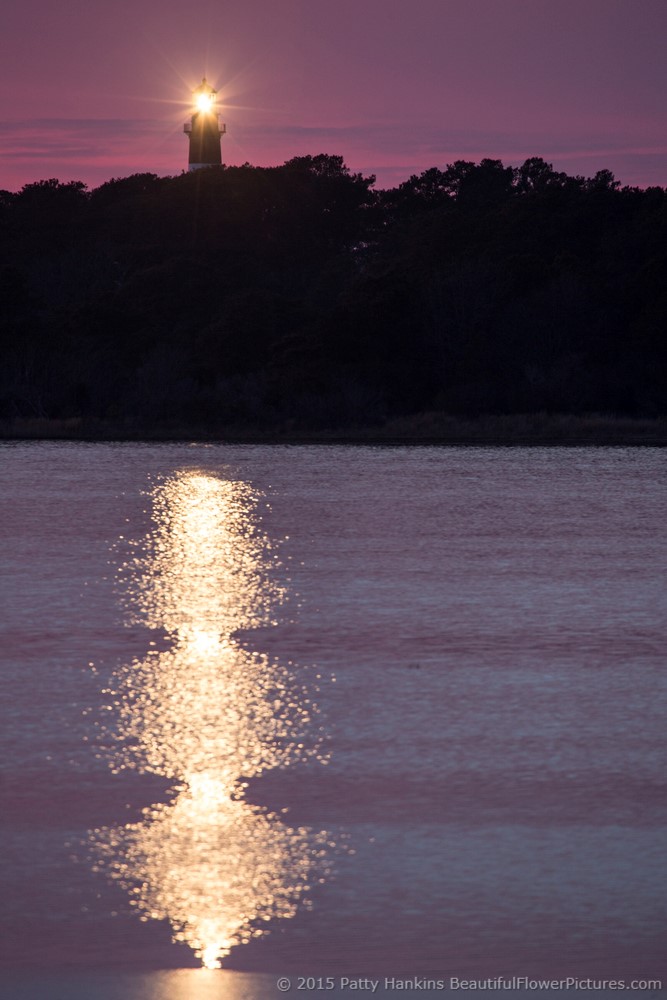
by hankinslawrenceimages | Jan 1, 2016 | Photo Locations, Virginia
I love visiting and photographing at Chincoteague National Wildlife Refuge and Assateague National Seashore in the winter. Over the years, I’ve visited in December, January and February – and always come away with wonderful memories of a weekend at the shore and a bunch of photos I’m very happy with.
Looking back at the photos I’ve taken at Chincoteague and Assateague in the winter, I realize that there’s just something about the light at that time of year that I love. Every trip I see marvelous shades of pink and purple in the sky at sunrise and sunset. There’s always wonderful golden light on the beach and in the marshes.
So I thought I’d share some of my favorite photos of Winter’s Beauty at Chincoteague and Assateague with you today.
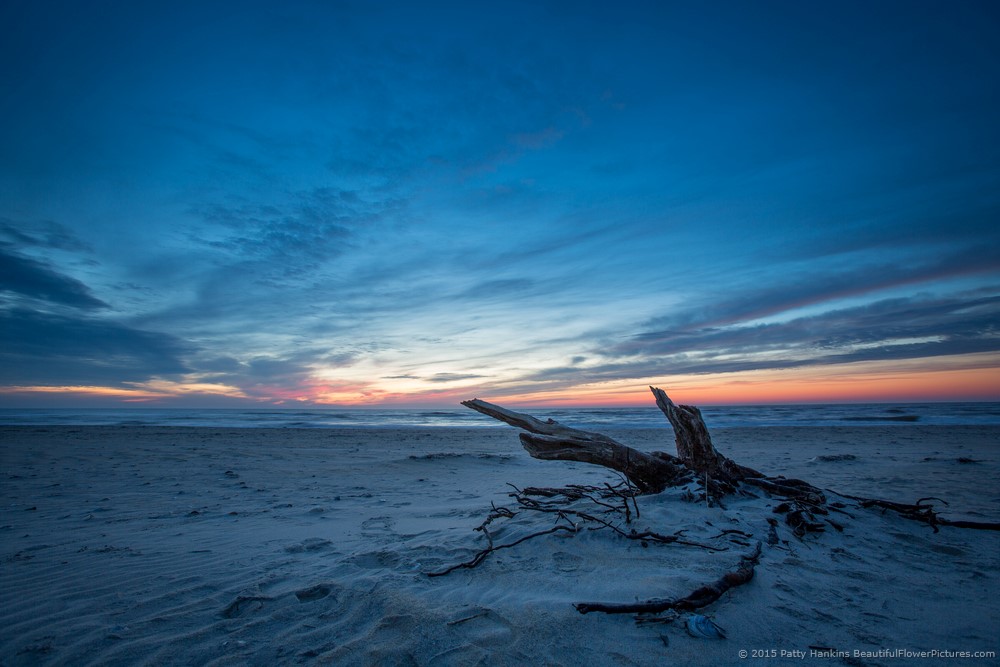
Sunrise at Assateague NS © 2015 Patty Hankins
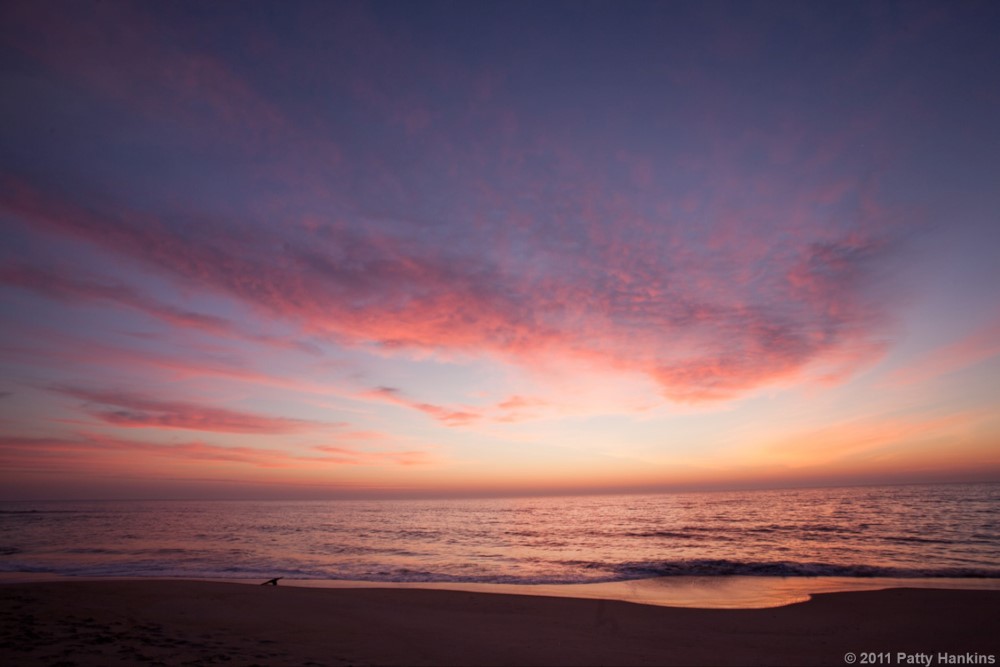
Sunrise at Assateague NS © 2011 Patty Hankins
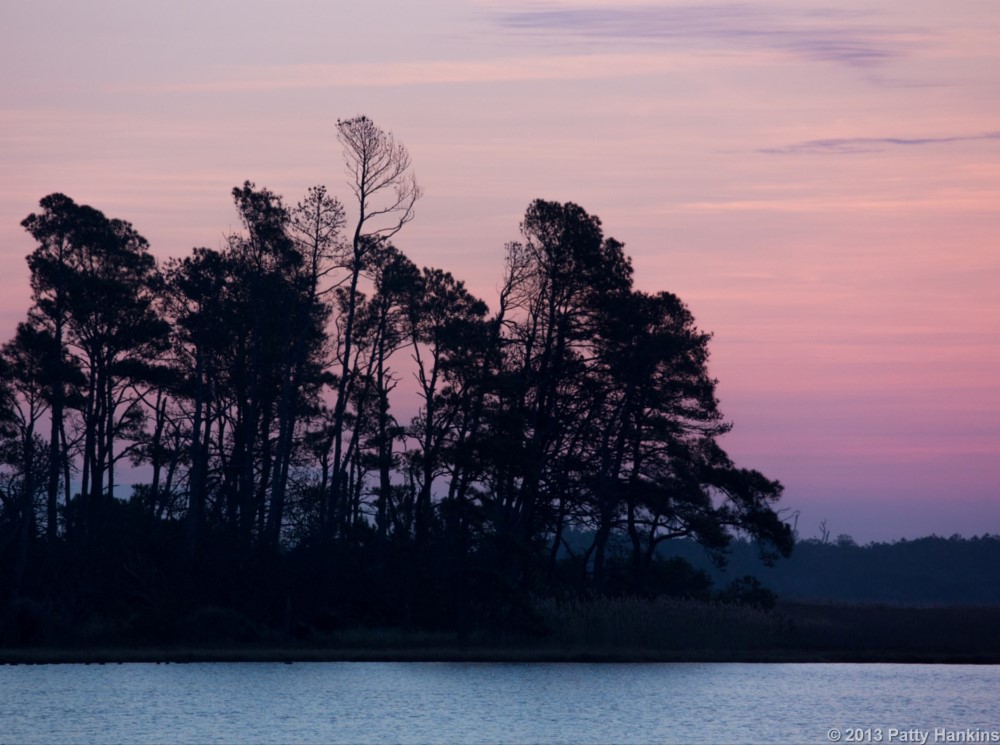
Sunrise in the Marsh, Chincoteague NWR © 2013 Patty Hankins
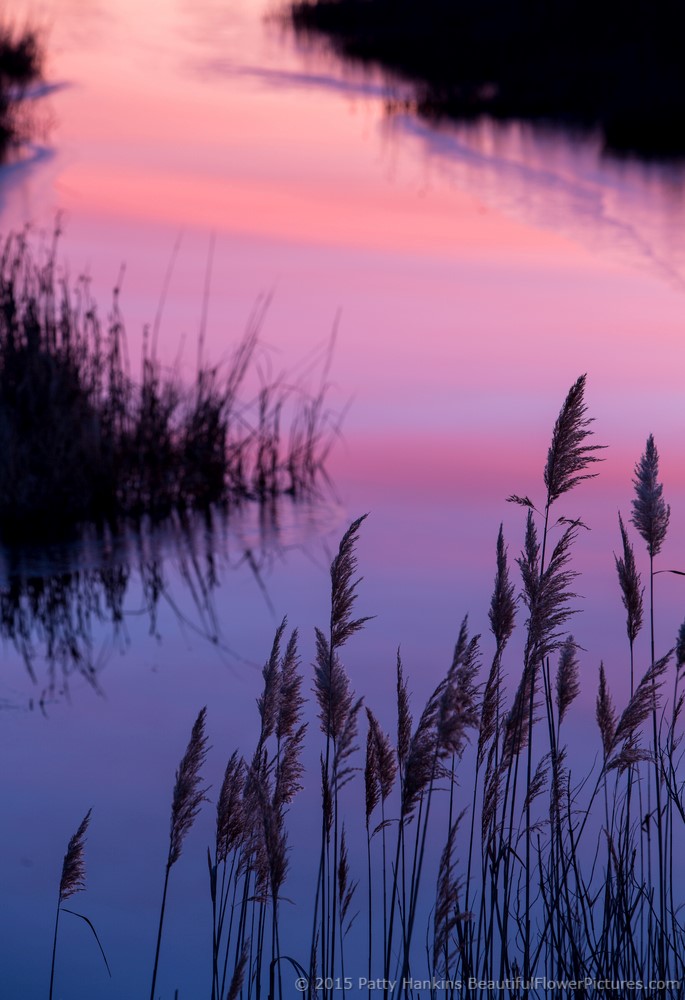
Sunrise in the Marsh, Chincoteague NWR © 2015 Patty Hankins

Sunrise at Assateague NS © 2015 Patty Hankins
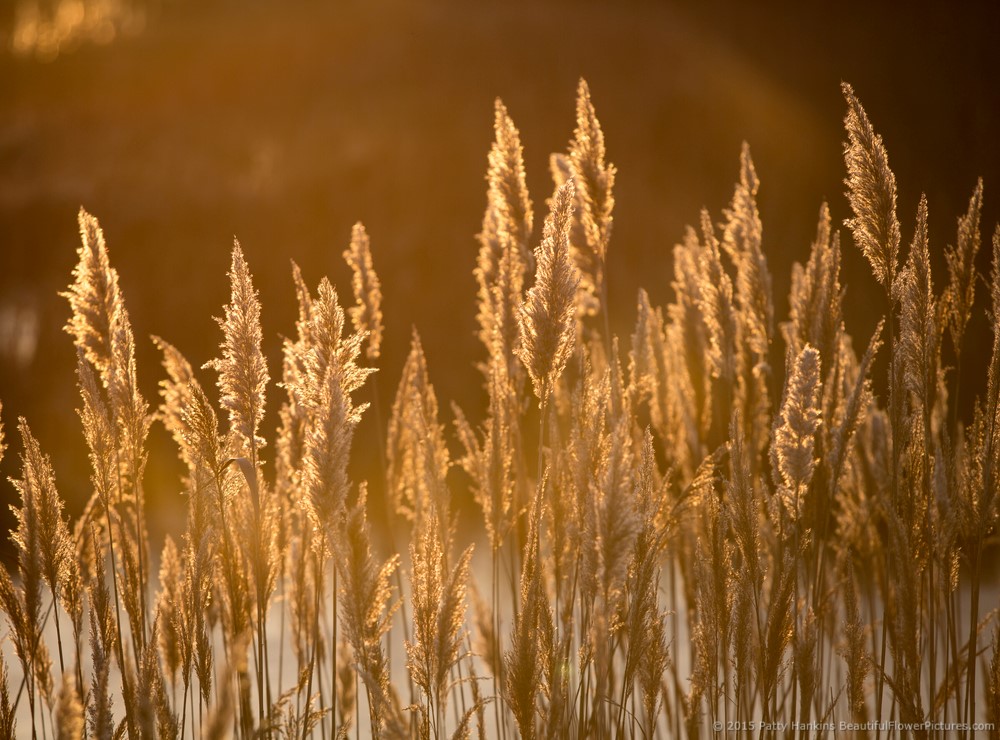
Marsh Grasses, Chincoteague NWR © 2015 Patty Hankins
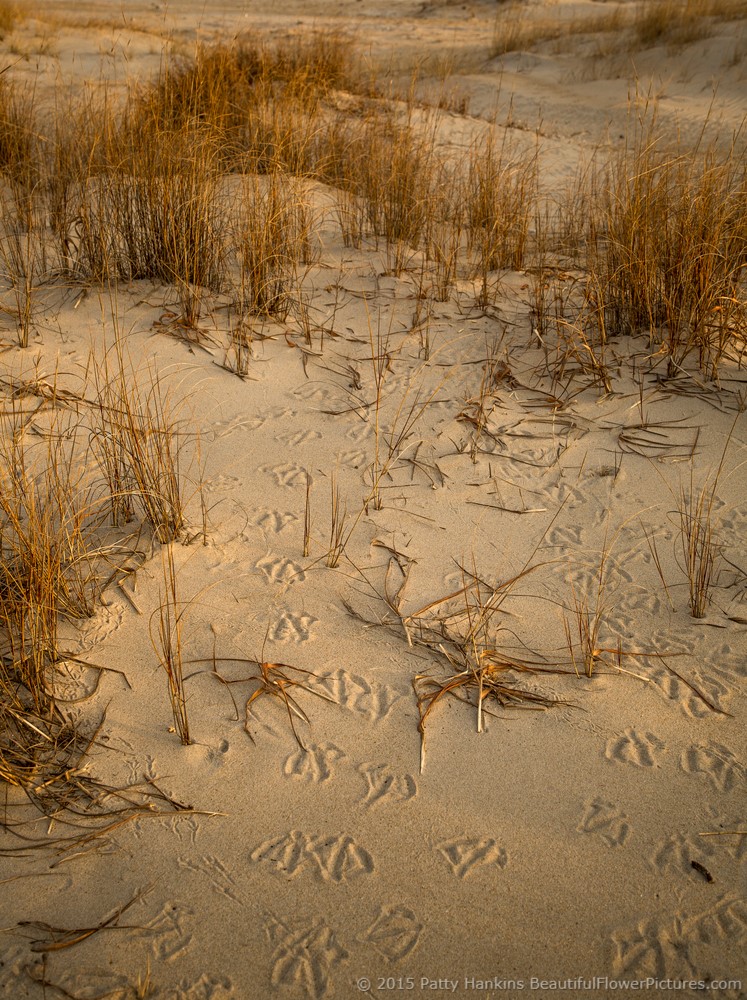
Tracks on the Beach, Assateague NS © 2015 Patty Hankins
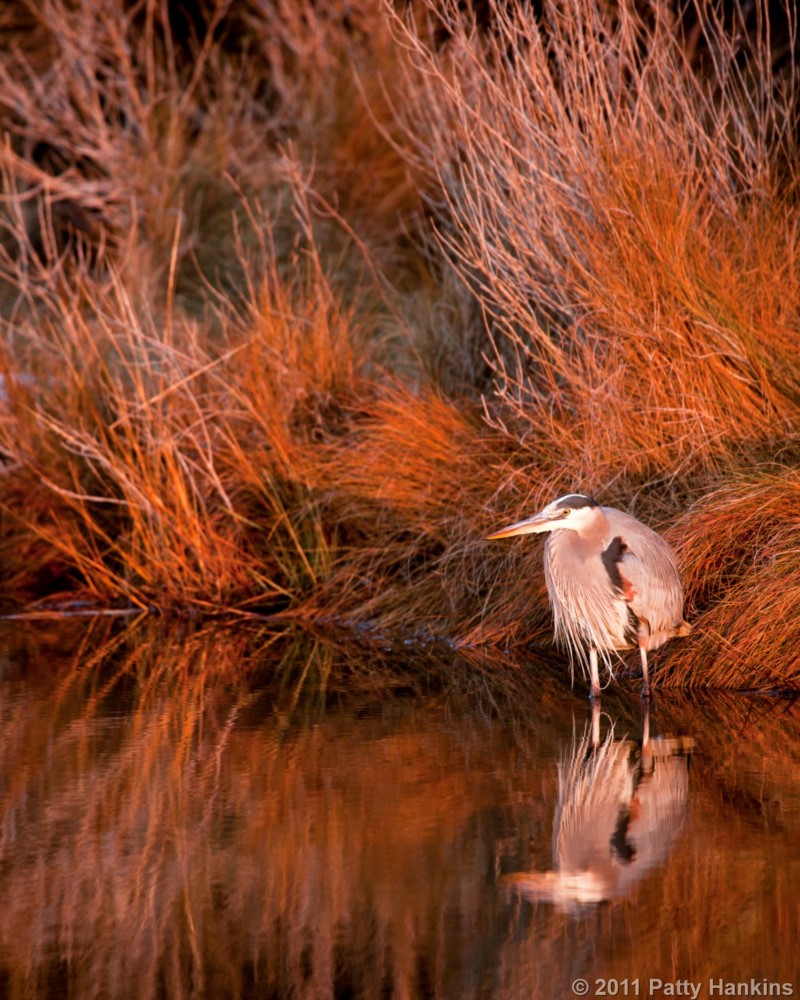
Great Blue Heron, Chincoteague NWR © 2011 Patty Hankins
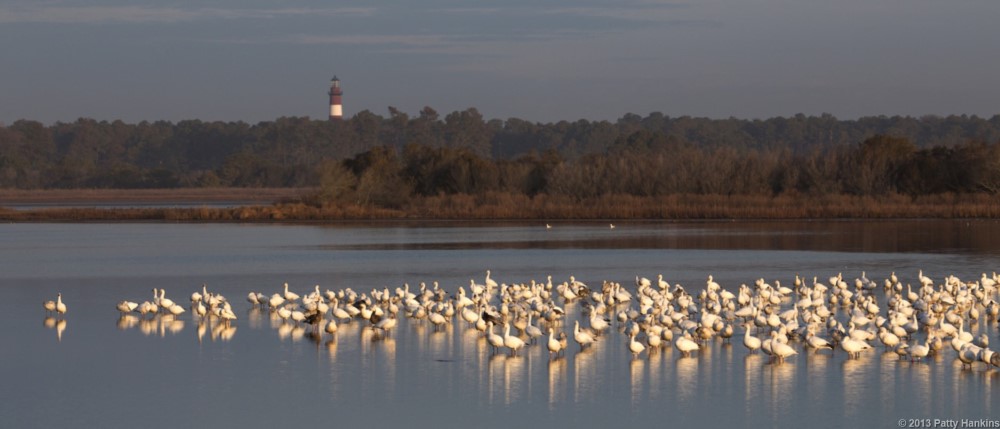
Snow Geese at Chincotegue NWR ©2013 Patty Hankins

Chincoteague Pony © 2013 Patty Hankins
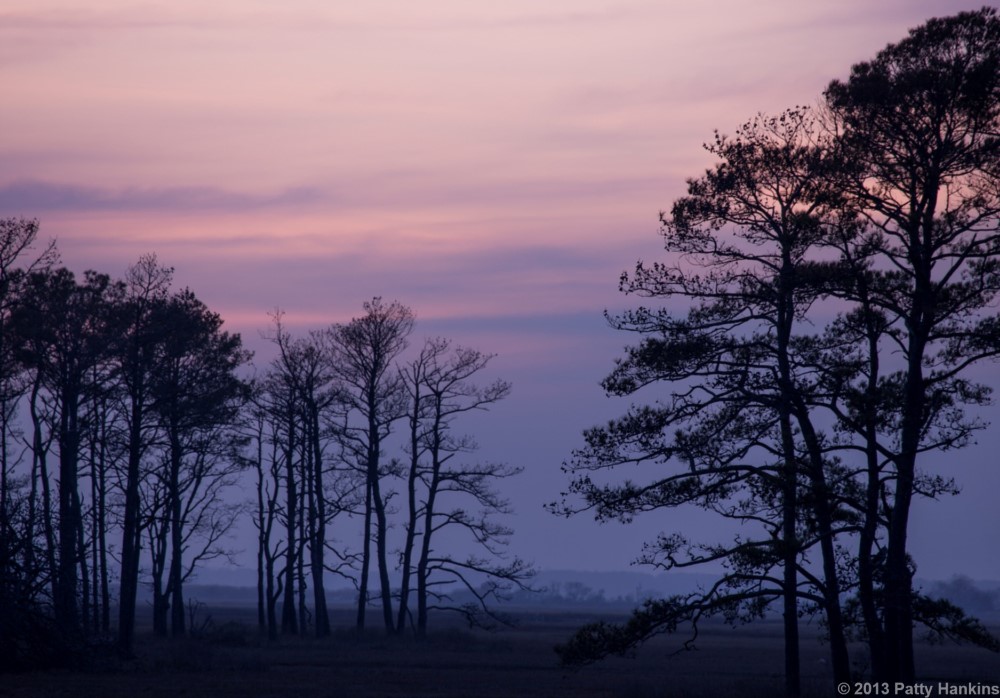
Sunset in the Marsh, Chincoteague NWR © 2013 Patty Hankins
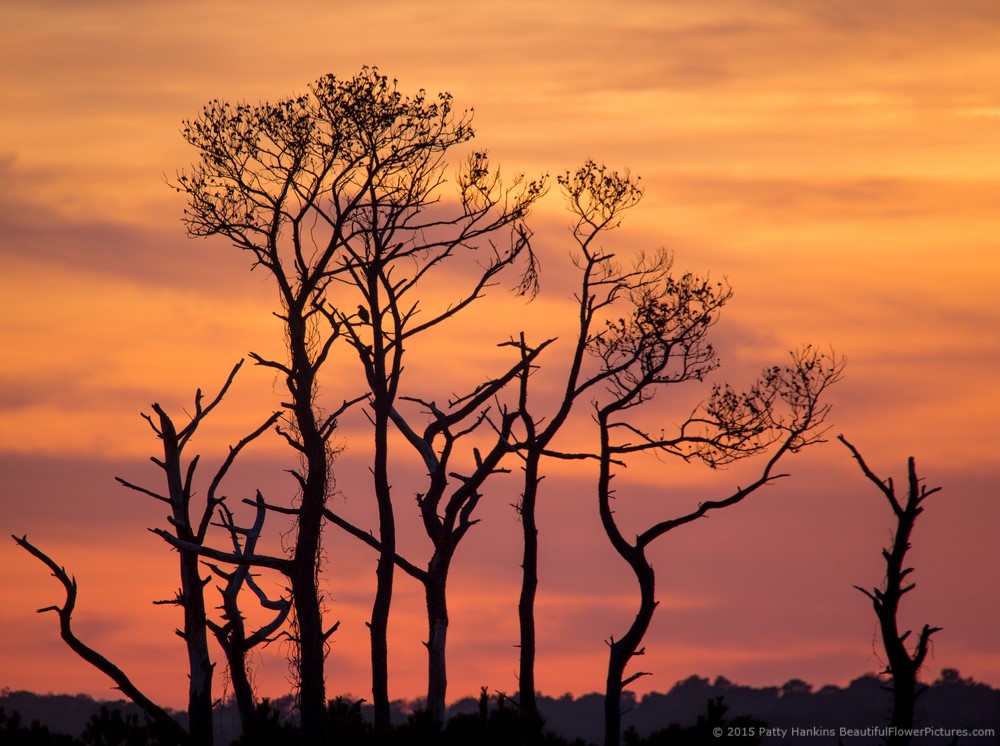
Sunset in the Marsh, Chincoteague NWR © 2015 Patty Hankins
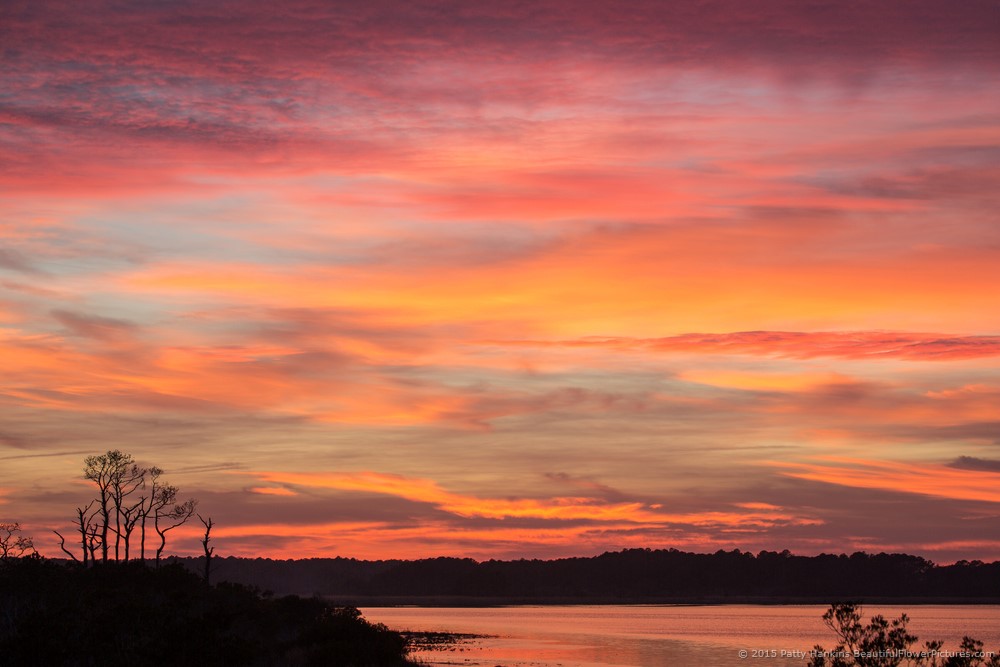
Sunset in the Marsh, Chincoteague NWR © 2015 Patty Hankins

Assateague Light at Sunset, Chincoteague NWR © 2015 Patty Hankins
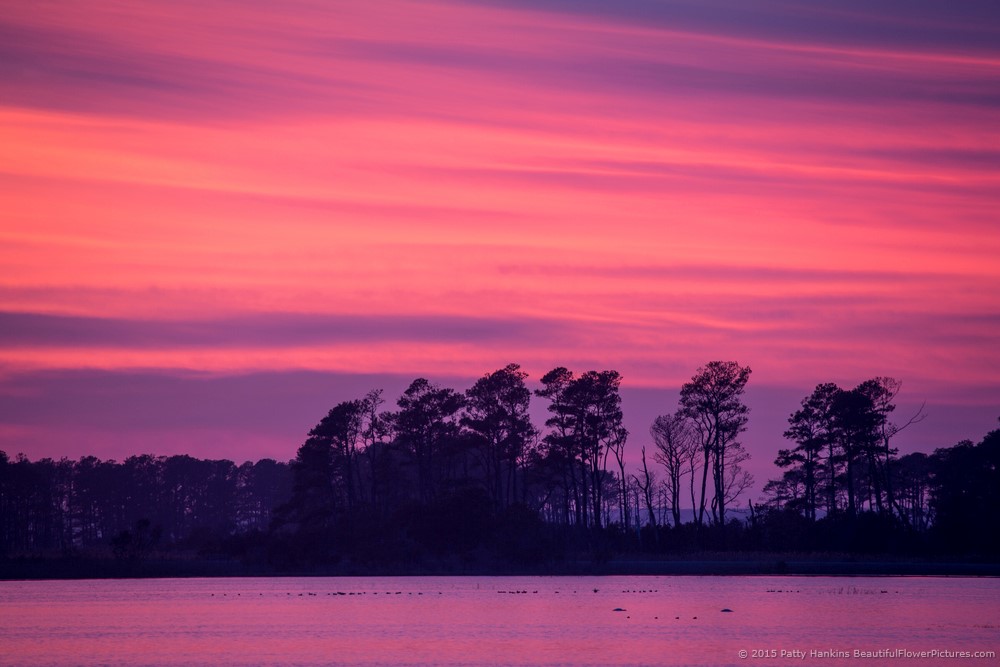
Sunset in the Marsh, Chincoteague NWR © 2015 Patty Hankins
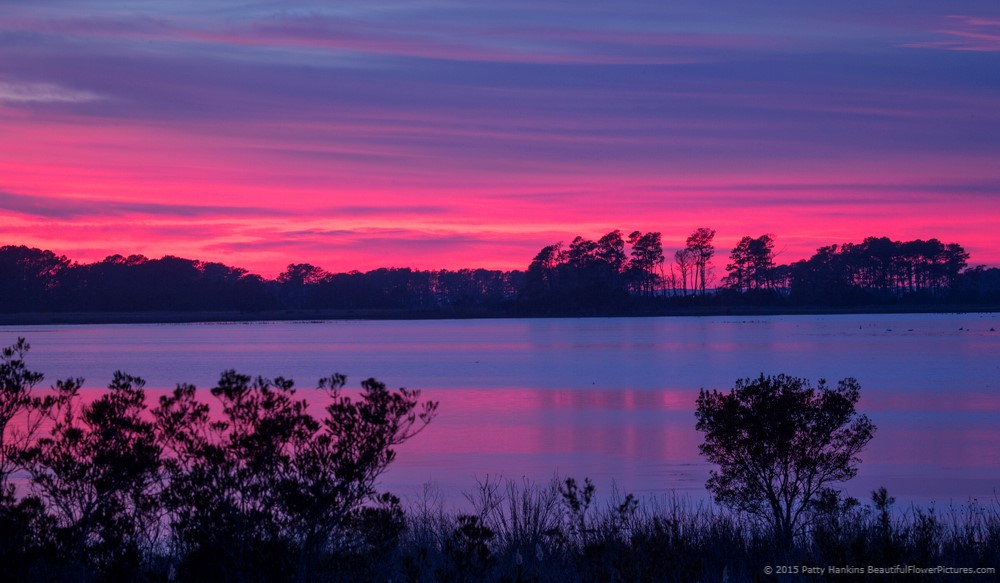
Sunset in the Marsh, Chincoteague NWR © 2015 Patty Hankins
I hope you’ve enjoyed seeing some of my winter photos from Chincoteague and Assateague. I can’t wait for my next trip to Chincoteague in early February for my Winter’s Beauty at Chincoteague and Assateague workshop. There are still a few spaces left in the workshop if you’d like to join me on February 5-7, 2016.

by hankinslawrenceimages | Sep 21, 2015 | New Photos, Virginia

Chincoteague Sunset © 2015 Patty Hankins
I’ve recently added a new photo – Chincoteague Sunset – to my BeautifulFlowerPictures.com website.
In February I photographed one of the most incredible sunsets I’ve ever seen. Bill and I were teaching a landscape photography workshop in Chincoteague, Virginia. We spent most of Saturday afternoon photographing along Wildlife Loop. As the sun started to set, we headed to the boardwalk half-way around the drive and settled in. We’d spotted these trees earlier in the day and realized that if the sky lit up – they could provide an interesting silhouette for a photo. The sunset that night was amazing – full of oranges and yellows, pinks and purples – and to make even more special – a bald eagle settled into one of the trees and watched the sunset with us. If you look closely you can see the silhouette of the eagle in one of the trees in my photo.
Chincoteague Sunset is available as a matted print on my website.

by hankinslawrenceimages | Feb 27, 2015 | Virginia, Workshops
Bill and I taught our landscape photography workshop earlier this month at Chincoteague National Wildlife Refuge and Assateague National Seashore. We had wonderful weather, fantastic students and incredible photographic opportunities. In addition to Saturday night’s amazing sunset – we also had a chance to photograph two sunrises and some reflections in the marsh.
The first sunrise we photographed was on Saturday morning. We photographed the marsh from the side of the main road in the refuge. One of the great things about Chincoteague NWR is that so many of the wonderful landscape photo spots are very close to the roads. 🙂
I’ve photographed from this spot several times before so tried to do something a little different this time. I spent much of my time working with the grasses in the marsh.

Marsh Grass at Sunrise, Chincoteague National Wildlife Refuge © 2015 Patty Hankins

Marsh Grass at Sunrise, Chincoteague National Wildlife Refuge © 2015 Patty Hankins
On Saturday afternoon we stopped at one of the scenic spots along Wildlife Loop to photograph reflections of the trees and the grasses in the water.

Reflections at Chincoteague National Wildlife Refuge © 2015 Patty Hankins
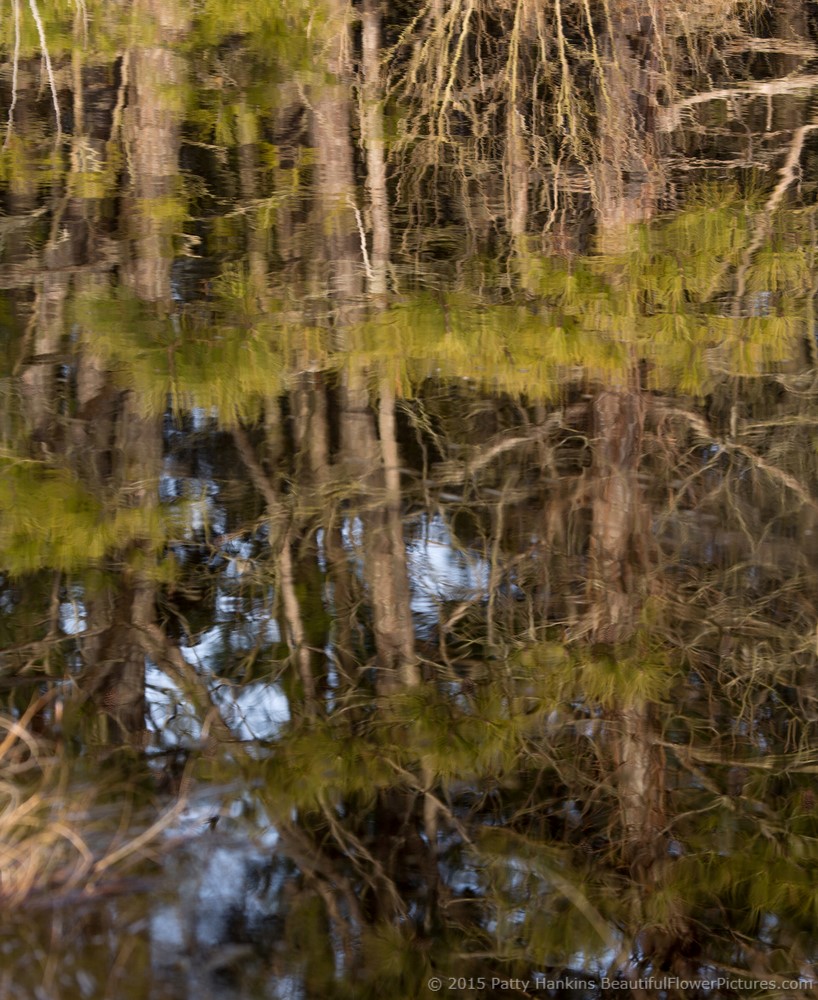
Reflections at Chincoteague National Wildlife Refuge © 2015 Patty Hankins
Our final field session of the workshop was on Sunday morning when we photographed sunrise on the beach at Assateague National Seashore and then the golden light in the dunes.

Sunrise at Assategue National Seashore © 2015 Patty Hankins
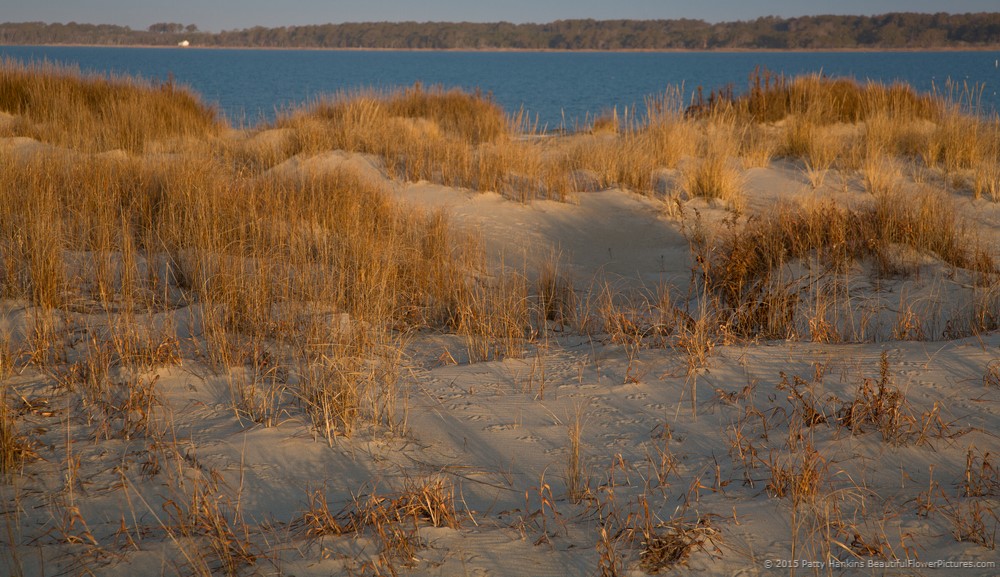
Morning Light on the Dunes at Assateague National Seashore © 2015 Patty Hankins

Tracks in the Sand, Assateague National Seashore © 2015 Patty Hankins
We had a wonderful time at Chincoteague NWR earlier this month teaching our workshop. We haven’t set the dates for our Chincoteague 2016 workshop – but chances are it will be in early February. If you’d like to be among the first to hear about our other workshops this year – and our 2016 workshop at Chincoteague – just sign up for my newsletter. I can’t promise you we’ll have light like we did this year – but you never know 

by hankinslawrenceimages | Feb 15, 2015 | Virginia, Workshops
Bill and I taught our landscape photography workshop earlier this month at Chincoteague National Wildlife Refuge and Assateague National Seashore. We had wonderful weather, fantastic students and incredible photographic opportunities. Saturday nights sunset was probably the most incredible sunset I’ve ever photographed. I can’t ever remember seeing so many intense colors in the sky and reflected in the water as we saw that night.
We photographed sunset from the boardwalk at the middle of Wildlife Loop. We hadn’t photographed a sunset from there in years – but I suspect we’ll head back to that spot again.
Here are some of my photos from that evening in the order I took them. And before you ask – yes I did edit the photos – but not very heavily – these really were the colors we saw that night.
A bare tree silhouetted at sunset – with a bald eagle perched in the branches.

Sunset at Chincoteague NWR © 2015 Patty Hankins

Sunset at Chincoteague NWR © 2015 Patty Hankins
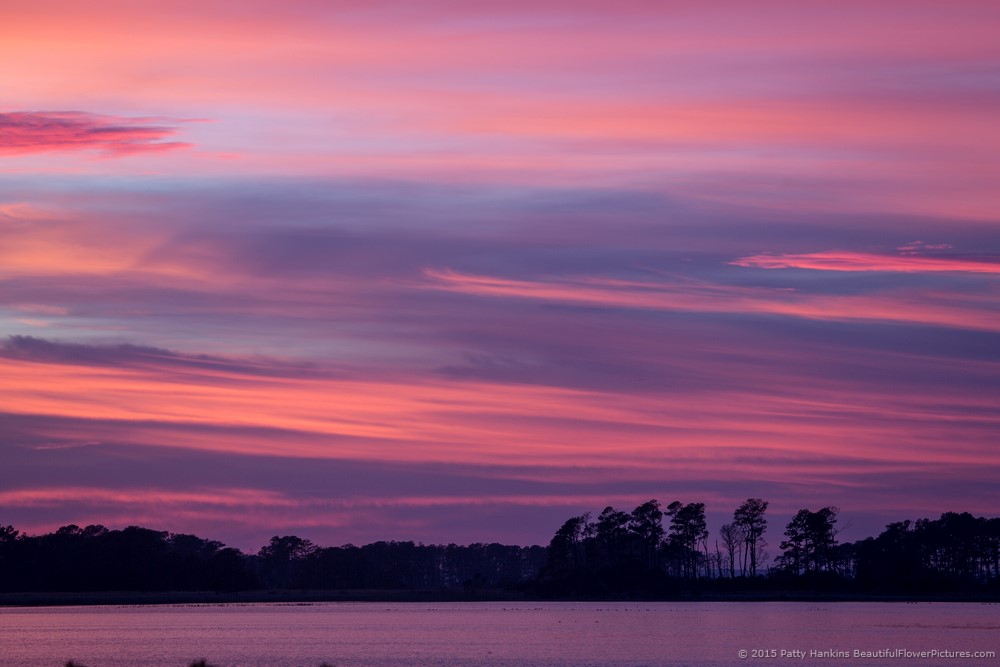
Sunset at Chincoteague NWR © 2015 Patty Hankins

Sunset at Chincoteague NWR © 2015 Patty Hankins
Assateague Light at Sunset

Assateague Light at Sunset © 2015 Patty Hankins

Sunset at Chincoteague NWR © 2015 Patty Hankins
We had a wonderful time at Chincoteague NWR this past weekend teaching our workshop. We haven’t set the dates for our Chincoteague 2016 workshop – but chances are it will be in early February. If you’d like to be among the first to hear about our other workshops this year – and our 2016 workshop at Chincoteague – just sign up for my newsletter. I can’t promise you we’ll have another sunset like this one – but you never know 🙂

by hankinslawrenceimages | Jan 24, 2015 | Photo Tips, Virginia
Have you ever stopped to photograph a great scene, and then when you got home realized that you would have had the perfect shot, if only you had gone wider, gotten in closer, been 3 feet to the left, etc? One of Bill’s and my major recommendations to our students is that when you see that scene that catches your eye, and you decide you must photograph it, is that you work the scene.
What does this mean? When we approach a scene, often a shot will come to mind, and we set up and take that particular photograph. But once that is out of our systems, we stop and take a look at the scene with an eye towards what other shots we can compose.
So how can you do this? The first thing is to take a moment and look, with an eye towards what different compositions you can see. You can try several things that will help you think of different photos:
- Try different focal lengths. If you’re looking through a telephoto lens, you will get very different compositions then when you are using a wide angle lens. We often start with a wide angle lens, then use a telephoto to pick out some of the more interesting details in the scene.
- Try portrait and landscape compositions. The change from horizontal to vertical orientation of your camera will force you to include and exclude different parts of the scene, and will help you to think about the scene in different ways.
- Move around and try again. Typically, when we are happy with a shoot in one spot, we’ll pick up the tripod (you are using a tripod, aren’t you?) and walk around to look at the scene from different angles. This keeps you from being stuck in one set of “tripod holes” never moving from one place. Walk ten feet/ a hundred feet/ a hundred yards (depending on your circumstances – you’d be amazed what a difference 10 feet can make in getting components of your scene to line up) and see if you like what you see. Set your tripod again and start seeing what shots look better from the new angle.
Please note that we regard working the scene as different from “machine gunning”, or indiscriminately keeping your camera shooting without giving thought to what you are shooting. You still need to think about your composition, but any scene has more than one good composition in it (we’ve learned this extremely well – put the two of us in the same place with the same gear, and you will get very different compositions).
Here are some of Bill’s photos from a sunrise in the marsh at Chincoteague National Wildlife Refuge.

Sunrise at Chincoteague National Wildlife Refuge © 2014 William Lawrence
What attracted Bill’s attention to the original scene was the lovely light silhouetting the trees in the background, with the light reflected by the water in the foreground. In walking the scene before placing his tripod on the ground, he decided that the ideal place was where the channel of water in the foreground made a leading line into the scene (and you’ll see that he kept that concept throughout). Throughout the shoot, he moved both camera right and camera left to try different compositions (not much here – probably 10-15 feet, so that he didn’t lose the channel in the foreground). Bill shot several portrait compositions with a longer lens, and even tried to consider what might look good in black and white (so looking for form and tone as opposed to color).

Sunrise at Chincoteague National Wildlife Refuge © 2014 William Lawrence

Sunrise at Chincoteague National Wildlife Refuge © 2014 William Lawrence

Sunrise at Chincoteague National Wildlife Refuge © 2014 William Lawrence
Finally, at a point when the light was interesting across the horizon, he put on a moderately wide lens and shot a diptych to give a panoramic view across the marsh.

Sunrise at Chincoteague National Wildlife Refuge © 2014 William Lawrence
So, the next time you’re out photographing a wonderful scene, and you’ve got what you think is the perfect shot in camera, step back for a moment and ask yourself “what other ways could I be photographing this scene?” Try a different lens (or zoom in/out if you have a zoom lens)? Change the camera orientation? Go photograph it from over there? Particularly if you are traveling to photograph, you don’t want to wind up looking at your photos after the fact and saying “why didn’t I try (zooming in/zooming out/ moving left/etc)?” So make sure you work the scene while you are there.
If you found the idea of working the scene helpful, it’s one of the concepts Bill and I talk about our landscape photography workshops. Our next workshops are in Chincoteage National Wildlife Refuge on February 6-8, and in the Great Smoky Mountains National Park on April 26-30. We’d love to have you join us for one of our workshops.







































